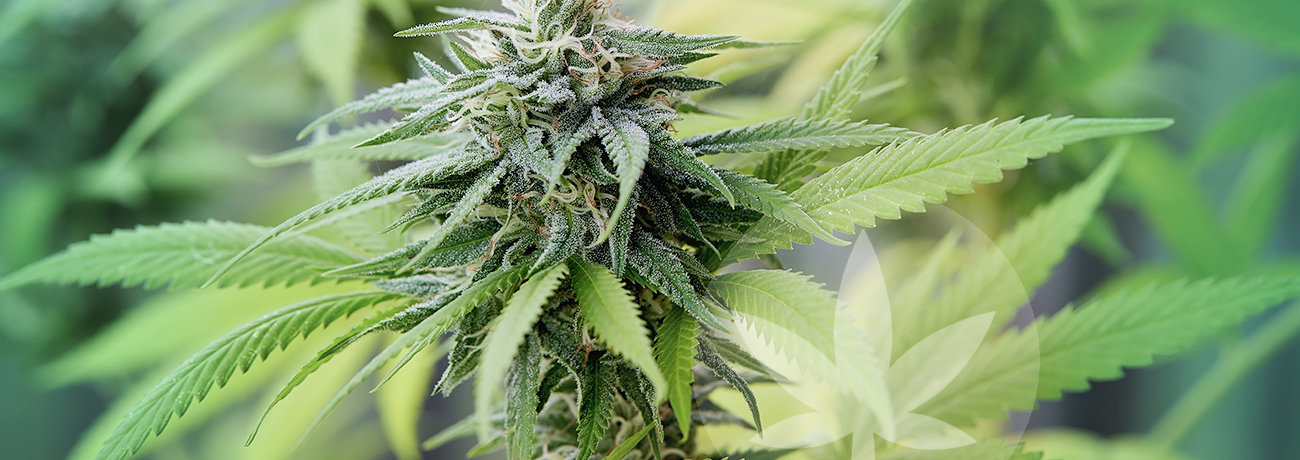Does CBD reduce your allergy symptoms?
Last updated:
Published:
Understanding allergies and their symptoms
If you’ve ever had a runny nose, constant sneezing, itchy eyes, or swelling of the lips and face, then chances are you were having an allergic reaction. That reaction is the result of hypersensitivity to a foreign body. In a typical scenario, these foreign bodies enter the human body and are quickly dealt with by our immune system. With allergies, the reaction is heightened, causing mild discomfort and many of the symptoms listed above.
The most frustrating thing about allergies is they can often develop overnight, or without warning. Some people go most of their lives without suffering from allergies, only to develop an intolerance to pet fur or pollen later in life. This is both the fascinating and disheartening part of allergies—there are so many variables at play.
Allergies exist in many different forms, but common allergies include dust, insect stings, food (nuts are a common food allergy), and pollen. Thankfully, it is rare for allergies to result in life-threatening symptoms, but what is becoming increasingly common is the phenomenon of chronic allergies leading to more severe health conditions. In most cases, over the counter antihistamines are used to treat allergies, but even these can cause unwanted side effects.
What is allergic rhinitis?
It may sound scientific, but allergic rhinitis is just another term for an allergy most of us have become all too accustomed—hay fever. In the UK alone, it is estimated that over 10 million people suffer from hay fever—as many as one in five people! Across the world, it is a similar scenario, with hay fever impacting people’s ability to work or pay attention in school. If you’ve ever tried to concentrate when your nose won’t stop running or your eyes are streaming, you will know how difficult it can be.
The condition is caused by a higher than usual level of histamines in blood and tissue. Usually, histamines would remain at relatively low levels. However, in hay fever sufferers, their hypersensitivity to an allergen causes the level of histamines released from mast cells to rise sharply. Mast cells are found under the skin and around blood vessels and nerves, hence the range of symptoms experienced.

The symptoms of hay fever are challenging to deal with
The symptoms of hay fever are very similar to the common cold. The difference, however, is that while a cold will last until the infection has passed, hay fever will persist for as long as you are exposed to the allergen causing the reaction. Allergens can be pollen, dust mites, skin particles, or fur shed by animals. If hay fever is brought about by the presence of pollen, then symptoms can worsen during particular seasons.
Combine all the factors that contribute to hay fever, and it can become a nightmare to deal with thanks to such persistent symptoms. However, it is the intensity and frequency of hay fever that have caused researchers to look outside of the standard treatment methods. Instead, their attention has turned to potential therapeutic remedies with minimal side effects—like CBD.
CBD and allergies: what is the relationship?
Despite the lack of human trials into the potential of CBD, there are some promising animal studies. The first was a 2013 study into the impact of cannabidiol on antigen-induced guinea pigs. Several guinea pigs were given an antigen to stimulate a contraction in their throat muscles, a common symptom of hay fever. Researchers found that “cannabidiol reduced ovalbumin-induced airway obstruction”, going on to add that CBD “may have beneficial effects in the treatment of obstructive airway disorders”.
Later, in 2015, another study sought to understand the link between the mediation of CB1 receptors and mast cells. As we already know, mast cells are responsible for releasing the histamines that cause the symptoms of hay fever. Although the results were far from conclusive, they do suggest that CB1 receptors could mediate the hypersensitivity of the immune system. The researchers found that activation of CB1 receptors was found to reduce the express rate of mast cells, which in turn could be used to lower histamine levels.

Is CBD the future of hay fever-related treatments?
While CBD and the role of CB receptors in hay fever certainly look promising, we are still a long way from fully understanding how to utilise the compound. Not only do we need to pinpoint the exact mechanism of action between CB receptors and histamine production, but there is a desperate need for human trials to take place. Without these, it is difficult to say how effective CBD may be. Cannabidiol does not take direct action on the endocannabinoid system, but instead influences several elements that feed into the system and its receptors.
However, given the prevalence of allergies like hay fever, there is a definite need for larger, more comprehensive studies. If you also consider that persistent cases of hay fever can lead to asthma, sinusitis, ear infections, and worst of all, reduced quality of life, the need for alternative treatments is significant. Antihistamines do a relatively good job of managing the symptoms of hay fever, but they are not without their side effects. As the studies above have shown, there may be more natural alternatives that work with the body’s innate systems.














